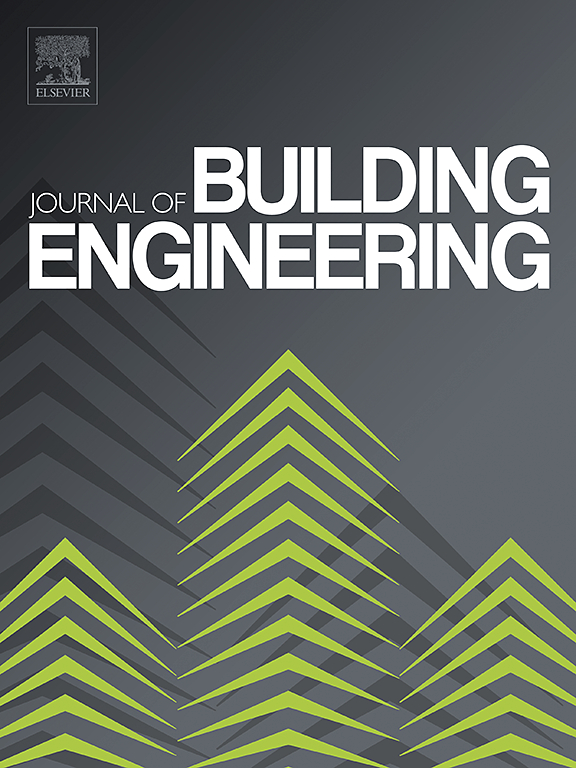Advanced Information Technologies for High-precision Quality Control in Building Engineering
IF 6.7
2区 工程技术
Q1 CONSTRUCTION & BUILDING TECHNOLOGY
引用次数: 0
Abstract
Quality problems emerge in various stages of the building lifecycle. Traditional quality control methods are often inefficient and costly, which are misaligned with building goals due to their manual, time-intensive, labor-intensive, and error-prone processes. Advanced information technologies (AIT) have attracted significant attention for enabling high-precision quality control (HPQC) by providing accurate, real-time data. AIT shows promise for implementing automated HPQC in building engineering, yet a comprehensive overview of AIT applications in building quality control remains lacking, limiting the advancement of quality control methods and technologies. This study aims to provide a systematic review of AIT applications in HPQC for the building sector from 2012 to 2023, employing both bibliometric and qualitative analysis. A total of 172 papers were analyzed for bibliometric and qualitative discussion to identify research trends and challenges. Bibliometric analysis revealed three main clusters: “HPQC equipment”, “specific technologies”, and “quality problems”. These clusters were further examined through qualitative analysis, yielding insights into research gaps and areas for improvement. Finally, five future research directions are proposed to guide the development of automated HPQC methods. The findings provide actionable insights for stakeholders to enhance early-stage quality control, reduce quality rework, and improve overall efficiency.
求助全文
约1分钟内获得全文
求助全文
来源期刊

Journal of building engineering
Engineering-Civil and Structural Engineering
CiteScore
10.00
自引率
12.50%
发文量
1901
审稿时长
35 days
期刊介绍:
The Journal of Building Engineering is an interdisciplinary journal that covers all aspects of science and technology concerned with the whole life cycle of the built environment; from the design phase through to construction, operation, performance, maintenance and its deterioration.
 求助内容:
求助内容: 应助结果提醒方式:
应助结果提醒方式:


